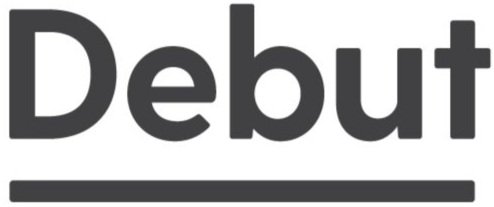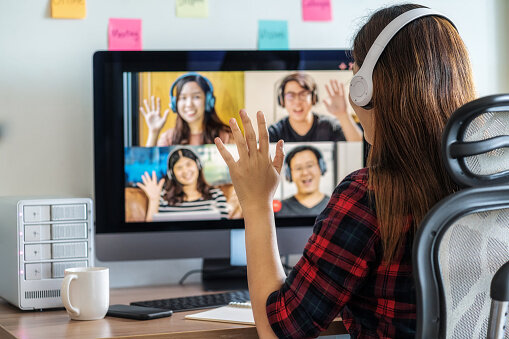Smile! You’re On Camera – Weighing the Pros & Cons of Video Calls in the COVID-19 era
It all begins with an idea. Maybe you want to launch a business. Maybe you want to turn a hobby into something more. Or maybe you have a creative project to share with the world. Whatever it is, the way you tell your story online can make all the difference.
Don’t worry about sounding professional. Sound like you. There are over 1.5 billion websites out there, but your story is what’s going to separate this one from the rest. If you read the words back and don’t hear your own voice in your head, that’s a good sign you still have more work to do.
Be clear, be confident and don’t overthink it. The beauty of your story is that it’s going to continue to evolve and your site can evolve with it. Your goal should be to make it feel right for right now. Later will take care of itself. It always does.
Cut! That’s a Wrap, Folks.
So why then are we tired and frustrated with our online experiences? Any Zoom or Microsoft Teams user knows that there is a small but perceptible difference in the way we conduct our discussions online rather than in person. Sometimes online, it just doesn’t seem as effortless. While video does give us the ability to see our colleagues and process some of their non-verbal cues, it can also lag or be distorted. To compensate for the delay, our brains are working overtime causing anxiety and fatigue. Researchers have dubbed this new phenomenon “Zoom Fatigue”.
“We’ve evolved to get meaning out of a flick of the eye. Our species has survived because we can produce those signals in a way that’s meaningful. Zoom smothers you with cues, and they aren’t synchronous. It takes a physiological toll.”
- Jeremy Bailenson, professor and director of Stanford University’s Virtual Human Interaction Lab.
Staring at your webcam during back-to-back meetings, compensating for delay, and interpreting a “Brady Bunch” grid of facial cues is an easy way to become fatigued. In fact, it’s a lot like the experiments researchers use to intentionally exhaust participants. They do this to see how long people persevere and what mistakes they make. When we focus on that small black webcam in meeting after meeting, we move closer and closer to our limit of vigilance. Eventually we get distracted which can lead to mistakes, and in the worst cases, personal embarrassment.
Just as most of us wouldn’t watch four feature films back-to-back, we aren’t built to spend a full day in video meetings. While there isn’t always a substitute for videoconferencing, there is a strong case for limiting our meetings to prevent us from making careless mistakes and feeling burnt out.
The Show Must Go On…
Despite the ups and downs of videoconferencing, people still value online communication, and interaction is still the most important use of the Internet (Kraut et al, 1999). As we adapt to our new reality, our teams and organizations need to learn that Zoom and other services should be used to enhance and not replace our other methods of communication. Next time you book a meeting, ask yourself if a sense of community is a required outcome. Perhaps you would prefer that the participants place their vigilance on the content instead of the camera? Choose your medium wisely and set expectations ahead of time - your team will thank you.



